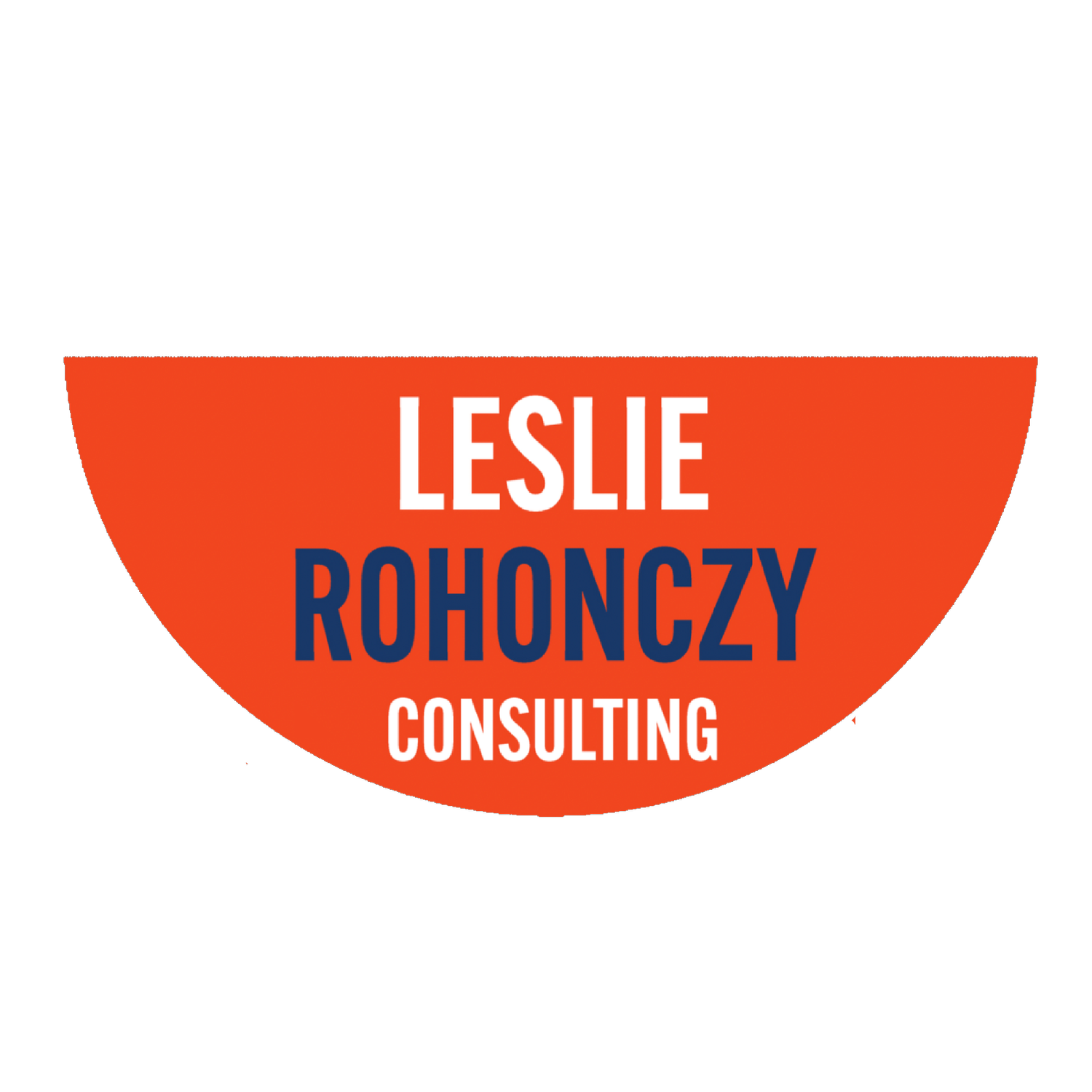“Revolutionary! Transformative!! Game-changing!!!” If you hear those words in the first five minutes of a pitch, your inner alarm bell should be ringing. We’ve all sat through those pitches. The buzzwords fly, the slides look amazing, and for a moment you catch yourself nodding along. But jargon doesn’t equal substance.
Leaders at WeWork once talked about “elevating the world’s consciousness,” while selling what was essentially office space with free beer. Investors bought the story, not the fundamentals, and the company’s $47-billion valuation evaporated almost overnight. Even smart executives can get dazzled by shiny language and big promises. That is why developing a BS detector is not a luxury in 2025; it is a leadership survival skill.
A MAGICAL METAPHOR TO REMEMBER
Think of a magician’s sleight of hand. The flourish distracts your eyes while the real trick happens elsewhere. Corporate spin works the same way. A charismatic founder’s over-hyped vision, a glossy report with flawless graphics and no meat, or an “innovation lab” demo of the best case scenario can all act like the magician’s flourish. They dazzle us so we don’t notice what is missing: evidence, substance, or common sense.
WHY OUR BRAINS GET FOOLED
Neuroscience offers some clues as to why BS is so effective at sneaking past smart people.
Halo effect: When something looks polished, we assume it must also be competent. The brain’s shortcut is ‘shiny equals credible’.
Amygdala and certainty: Under stress, our amygdala is activated, and we crave certainty. A slick answer feels like relief from the stress, even if it is hollow.
Dopamine hits: Novelty lights up our reward system, giving us a rush that feels like progress. “New and improved” is rocket fuel for our brains.
Social proof: If others nod along, our reward system pushes us to conform. Our need to belong can trump our instinct to question.
This is why entire boards, investment funds, and senior leadership teams can all walk straight into illusions without a single person stopping to ask, “Wait, does this actually make sense?”
FIVE FILTER QUESTIONS
To cut through the illusion, try this lens:
What evidence supports this claim?
How would it work in practice, not just theory?
What problem does it actually solve?
Who benefits most if we do this?
If it fails, what is Plan B?
Asking even one of these questions often changes the entire conversation. Suddenly the flourish disappears, and the real substance is revealed.
CULTURAL RELEVANCE
Robert Cialdini’s research on persuasion shows how the halo effect can blind us to flaws in logic. And Daniel Kahneman’s work on decision fatigue is clear: we stop asking clarifying questions when our mental energy is low.
History is littered with cautionary tales. Nikola Motors once released a video of its zero-emission truck cruising down a highway. The catch: it was rolling downhill with no powertrain. Investors believed the story, and the company briefly hit a $30-billion valuation before reality set in. Nikola is a reminder that polish and storytelling can deceive even the most seasoned executives.
And there’s no shortage of examples: Juicero raised over $100 million for a Wi-Fi-connected juicer, only for customers to discover they could squeeze the juice packs by hand; Theranos promised hundreds of blood tests from a single drop, fooling investors and board members across multiple industries; and FTX was once valued at $32 billion before collapsing into one of the biggest financial frauds in recent history.
Each case shows how leaders can be seduced by big promises and polished delivery, only to see their budgets and credibility evaporate when the truth emerges.
YOUR COACHING CHALLENGE
Practice: The Clarity Filter
Doing:
In your next three meetings, ask at least one of the five filter questions listed above. Write down what shifted in the conversation when you did.
What to Notice:
What shifts in the energy of the room after you ask the question
How the explanation of the idea evolves once it was explored more deeply?
People’s body language or tone, and what new perspective it can give you about their level of confidence or conviction
Reflection Questions:
What surprised me about how people responded to my question?
How did the question change the conversation in ways I did not expect?
What did I learn about the strength, relevance, or practicality of the idea being discussed?
What does this tell me about my own comfort with disrupting group consensus?
We don’t need to become cynical skeptics, but in a world where polish is cheap and empty promises are plentiful, we do need sharper questions.
Reach out for a free exploratory Executive Coaching conversation at www.leslierohonczy.com

